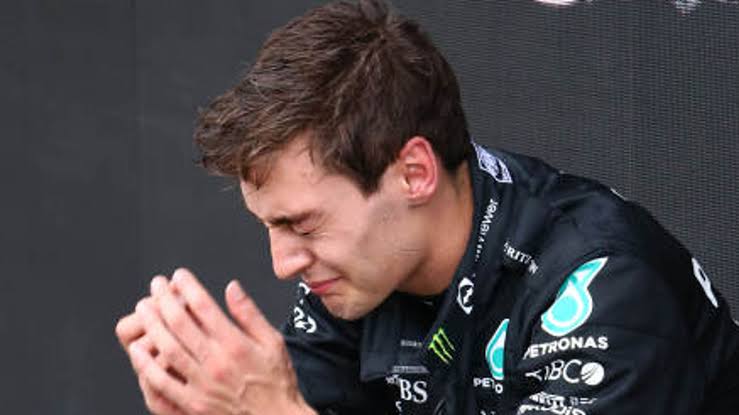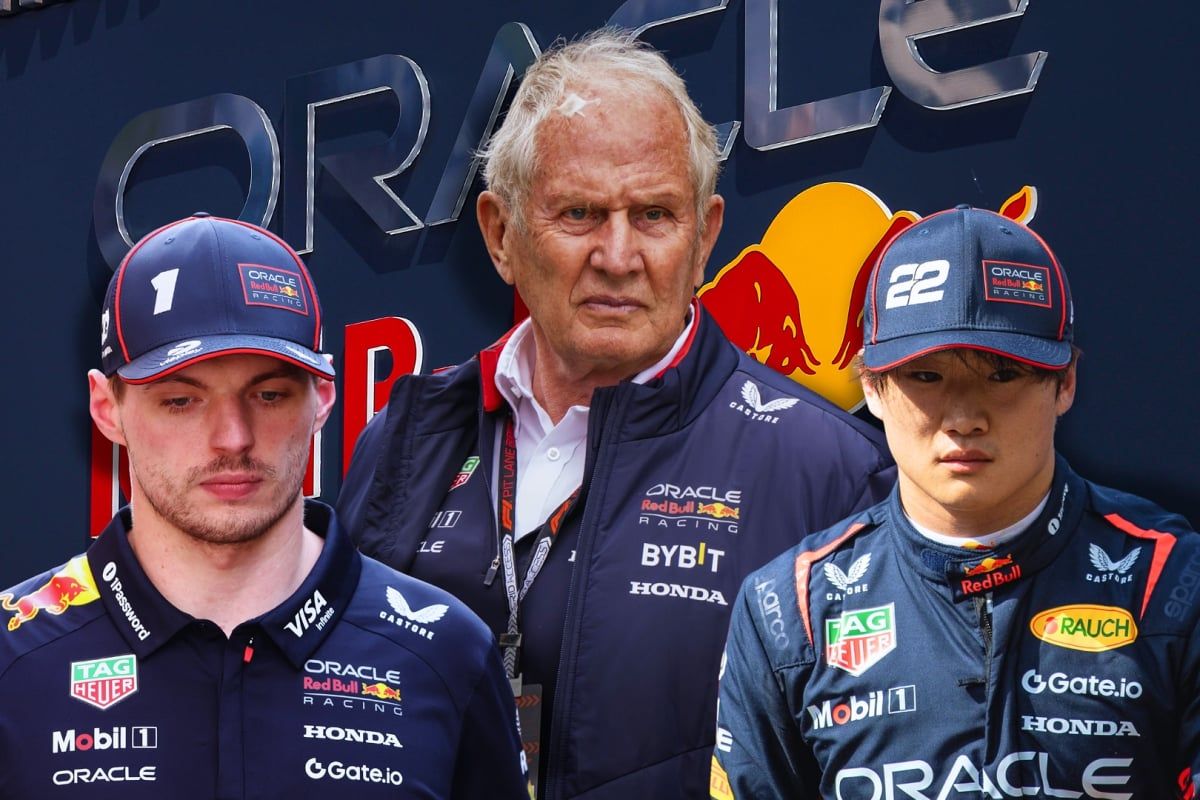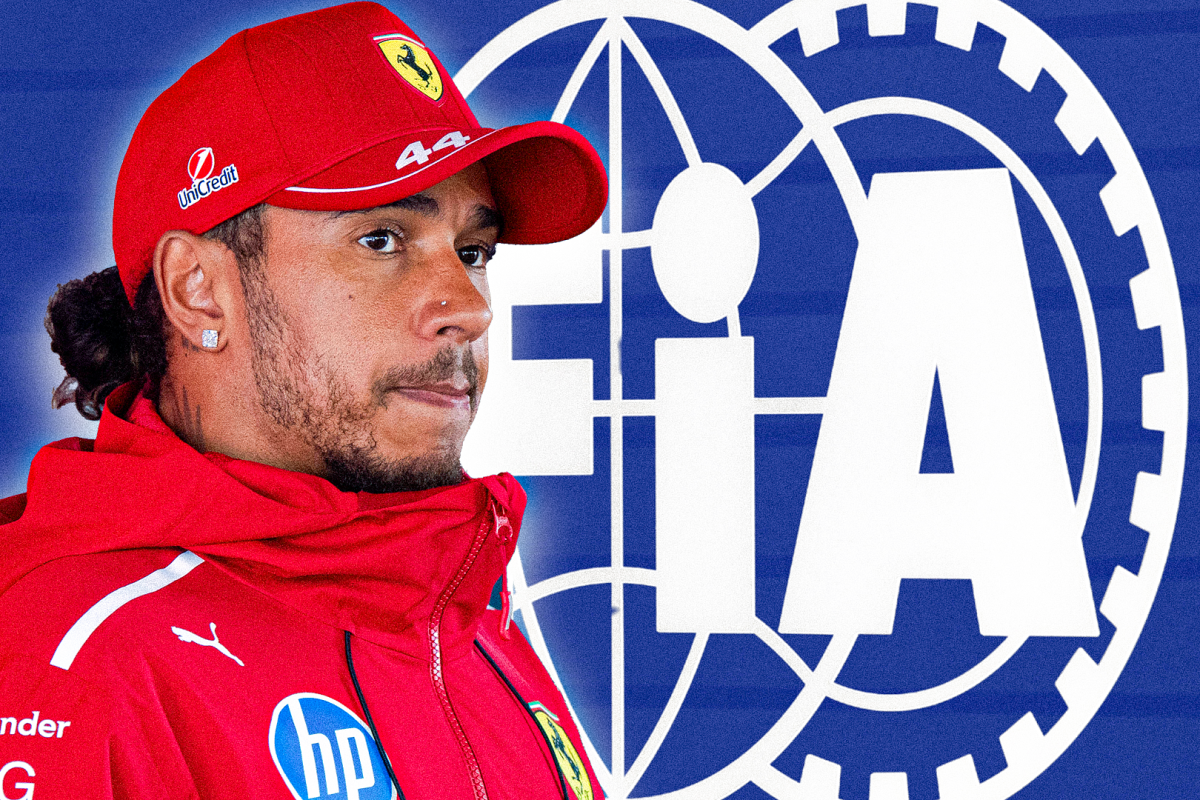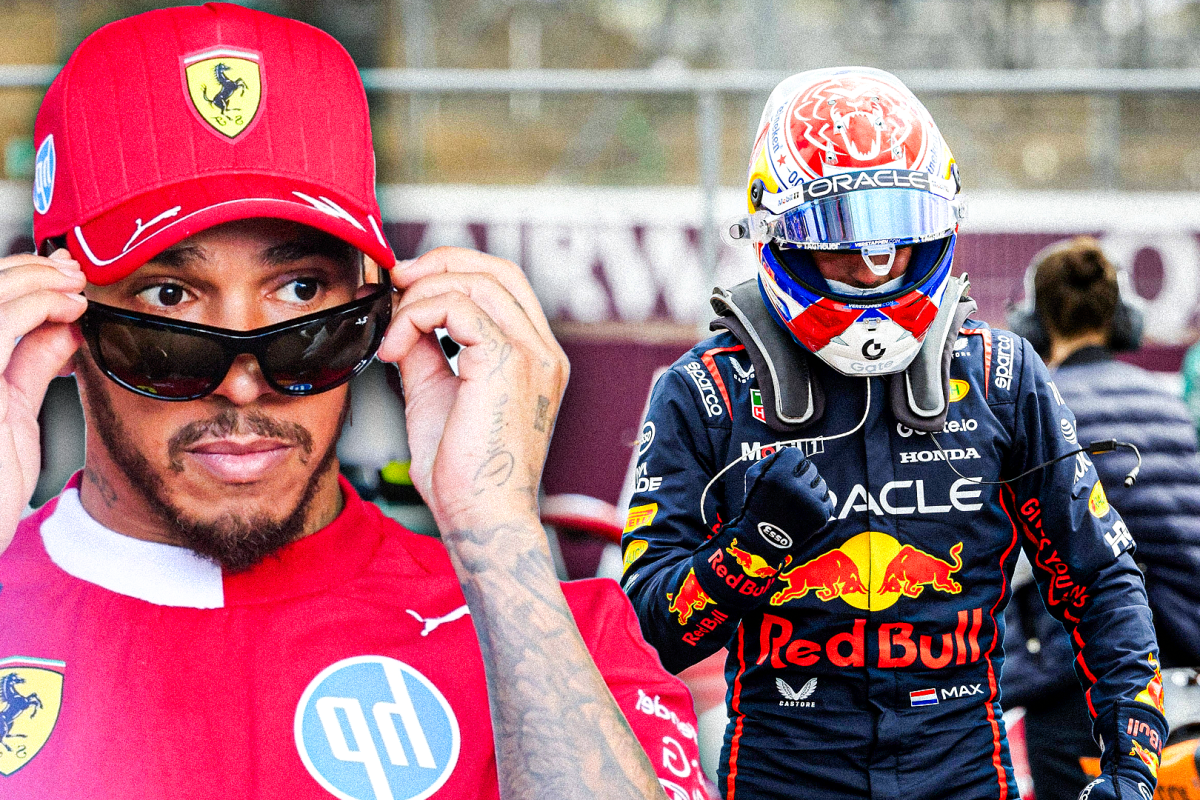George Russell Hit with Double Penalty After….read more
Mercedes Formula 1 driver George Russell has found himself at the center of controversy following the Canadian Grand Prix, receiving two separate penalties in one session. The FIA has confirmed the sanctions, which stem from minor but clear infractions involving pit lane speeding. The situation was further complicated by a last-minute change to the stewarding panel overseeing the event.
Initially, Derek Warwick was set to serve as one of the stewards for the race weekend. However, he was removed from his duties overnight due to making unauthorized comments to the media. His place was promptly taken by Enrique Bernoldi, who took on the role remotely from Geneva. Despite the shake-up in race governance, Russell’s infractions were straightforward and required little interpretation.
The British driver was clocked exceeding the pit lane speed limit on two separate occasions during the same session. The first infraction saw him go over the limit by just 0.1 km/h, and later in the session, he again breached the limit by 0.2 km/h. While these violations may seem minor in terms of magnitude, F1’s rules around pit lane speeding are rigid and designed to maintain safety.
During the race itself, speeding in the pit lane typically results in more serious repercussions, usually including a five-second time penalty in addition to any monetary fines imposed. However, during practice or qualifying sessions, fines are the usual punishment unless the breach is particularly severe.
While Russell’s offenses were relatively small in terms of how much he exceeded the speed limit, they still warranted two separate penalties. The FIA enforced fines for each infraction, consistent with standard protocol. Interestingly, in most such cases, these fines are not paid by the driver but by the team, in this case, Mercedes.
Historically, there have been examples of more significant speeding infractions during F1 weekends. One of the more notable incidents occurred at the British Grand Prix in 2021, when Red Bull’s Sergio Perez was clocked at 120.6 km/h in the pit lane — more than 50 percent over the legal limit. Despite the severity of that violation, Perez escaped with only a €1,000 fine and no sporting penalties. This precedent shows that while monetary fines are common, sporting penalties for pit lane speeding outside of the race are rare unless the circumstances are extreme.
This weekend in Montreal saw several speeding fines handed out across the paddock, reinforcing the importance the FIA places on pit lane safety. Teams must be meticulous in calibrating their systems to ensure drivers remain within the speed limits, particularly as these infractions — even when minimal — can add up.
In George Russell’s case, while the double fine is not likely to impact his standing in the championship or tarnish his driving record significantly, it serves as a reminder of how strictly enforced the rules are in Formula 1, and how even minor lapses can lead to publicized consequences.




